Exploring America’s natural treasures doesn’t have to drain your wallet. The U.S. National Park System offers remarkable camping opportunities that range from completely free to surprisingly affordable. These budget-friendly options allow nature enthusiasts, families, and adventurers to experience the country’s most breathtaking landscapes without the high costs typically associated with vacation accommodations. From the towering redwoods of California to the rocky shores of Maine, affordable camping options abound in our national parks, providing accessibility to outdoor experiences for people from all walks of life. This guide will help you discover some of the best-kept secrets for economical camping within the national park system, complete with practical information to plan your next wilderness adventure.
Understanding National Park Camping Basics
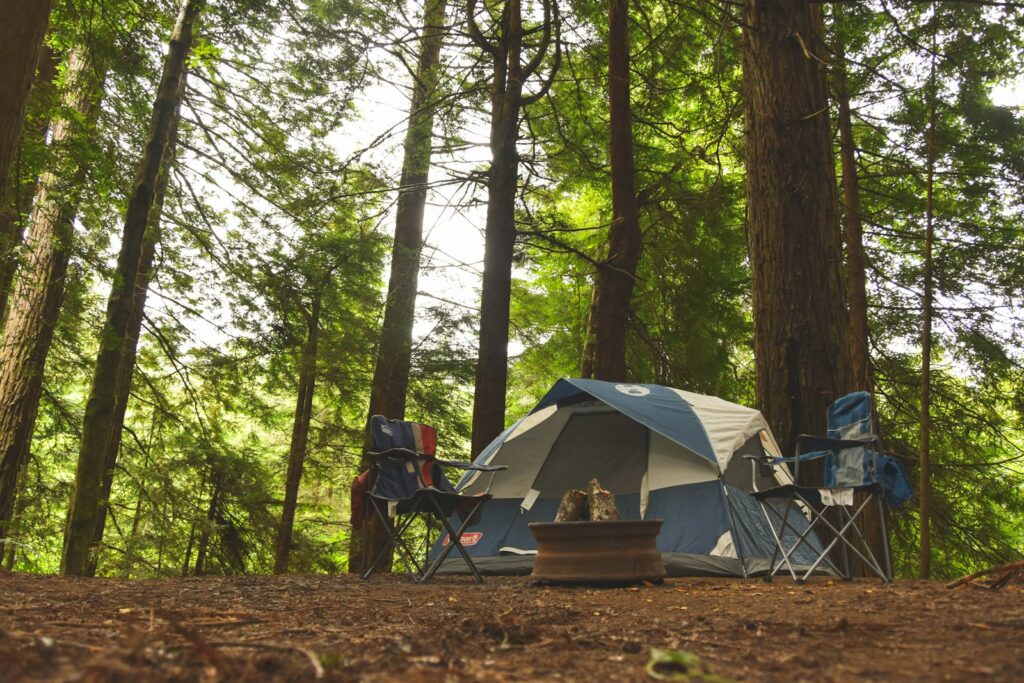
National parks typically offer several tiers of camping options, ranging from developed campgrounds with amenities to primitive backcountry sites. The most affordable options are generally first-come, first-served primitive campsites and backcountry camping, which often require only an inexpensive permit. Many parks also offer surprisingly reasonable rates at their developed campgrounds, which might include access to restrooms, potable water, and sometimes even showers. Before planning your trip, it’s important to understand that camping regulations vary significantly between parks, with some requiring reservations months in advance while others maintain year-round availability for walk-in campers. Additionally, many parks offer significant discounts or free camping during off-season periods, making shoulder seasons an excellent time to visit for budget-conscious travelers.
Free Dispersed Camping Near Grand Canyon National Park
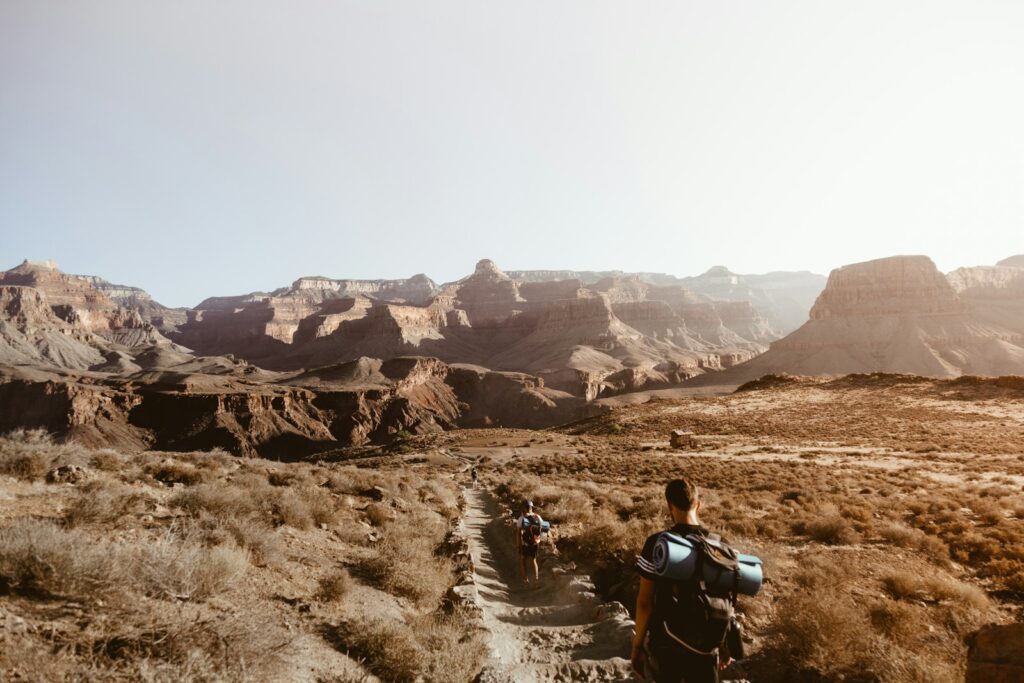
While camping inside Grand Canyon National Park itself comes with fees, savvy travelers take advantage of the free dispersed camping available on the adjacent Kaibab National Forest land. These primitive sites, located just outside the park boundaries, offer the perfect basecamp for exploring one of America’s most iconic natural wonders without spending a dime on accommodation. The most popular free camping areas include Forest Road 302 on the South Rim and the North Rim’s Kaibab Plateau, where campers can stay for up to 14 days in designated dispersed camping areas. These sites provide no amenities beyond what nature offers – no toilets, no water, no garbage service – requiring campers to be fully self-sufficient and practice strict Leave No Trace principles. Despite the lack of facilities, the reward is unparalleled solitude and night skies absolutely brilliant with stars, all within a short drive of the canyon’s breathtaking viewpoints.
Olympic National Park’s Economical Coastal Camping
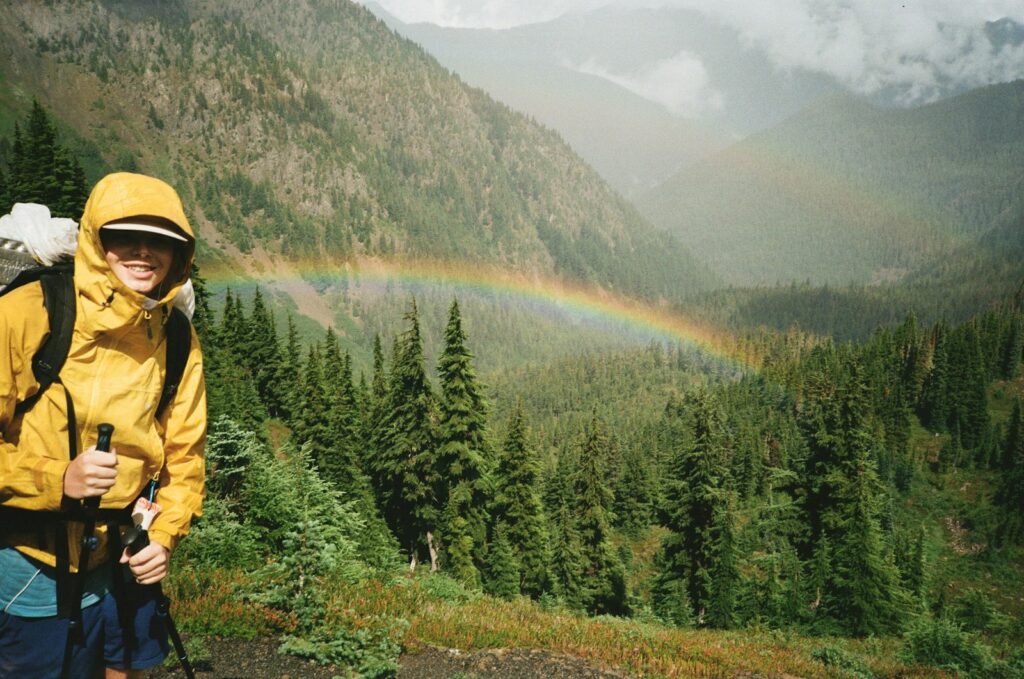
Olympic National Park in Washington state offers some of the most diverse and affordable camping experiences in the national park system, particularly along its rugged coastline. Kalaloch Campground, situated on a bluff overlooking the Pacific Ocean, provides campsites for under $25 per night, an exceptional value considering the prime oceanfront location and access to miles of driftwood-strewn beaches. For even more budget-friendly options, South Beach Campground offers similar coastal access for slightly lower rates and operates on a first-come, first-served basis. The truly adventurous can obtain wilderness camping permits for approximately $8 per person to camp directly on remote beaches like Third Beach or Shi Shi Beach, where you’ll fall asleep to the sound of crashing waves. These wilderness camping opportunities represent some of the most unique and affordable ways to experience the raw beauty of the Pacific Northwest coastline, though they require proper preparation for changeable weather conditions and tide awareness.
Dry Tortugas National Park: Remote Island Camping
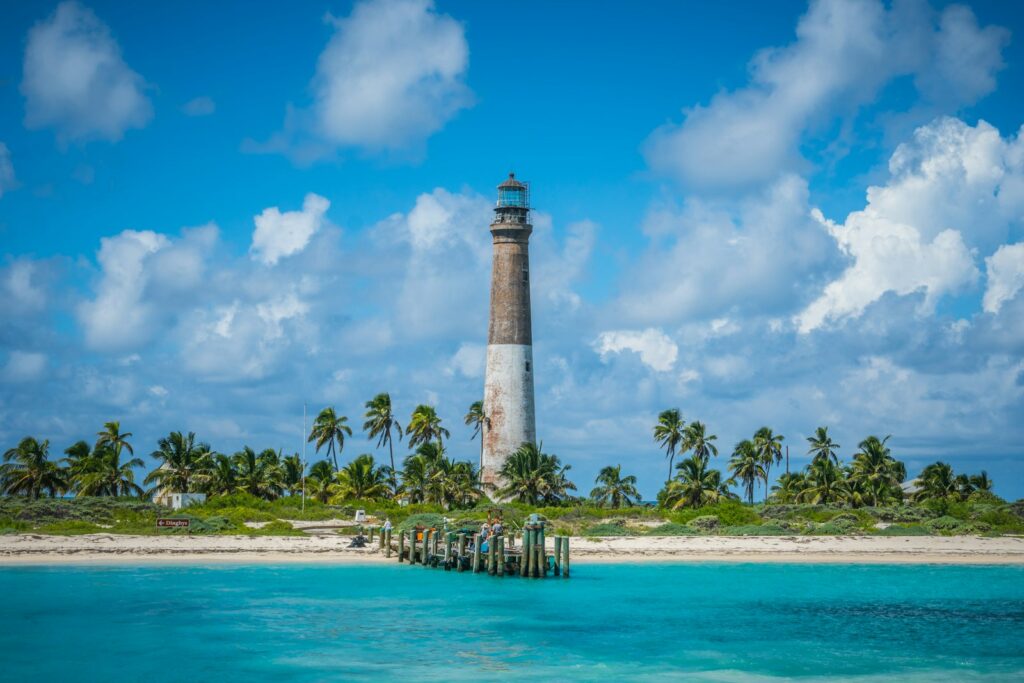
Located 70 miles west of Key West in the Gulf of Mexico, Dry Tortugas National Park offers one of the most unique and surprisingly affordable camping experiences in the national park system. The primitive campground on Garden Key charges just $15 per night for sites positioned mere steps from crystal-clear turquoise waters and the historic Fort Jefferson. While getting to this remote island park requires an investment in ferry or seaplane transportation, the camping itself remains remarkably affordable compared to any other accommodation options in the Florida Keys region. The eight campsites operate on a first-come, first-served basis and include picnic tables, grills, and access to composting toilets, though campers must bring everything they need, including drinking water. The reward for this preparation is unparalleled access to world-class snorkeling, bird watching, and night skies unpolluted by artificial light, making the modest camping fee perhaps the best value in the entire national park system.
Shenandoah National Park’s Affordable Backcountry
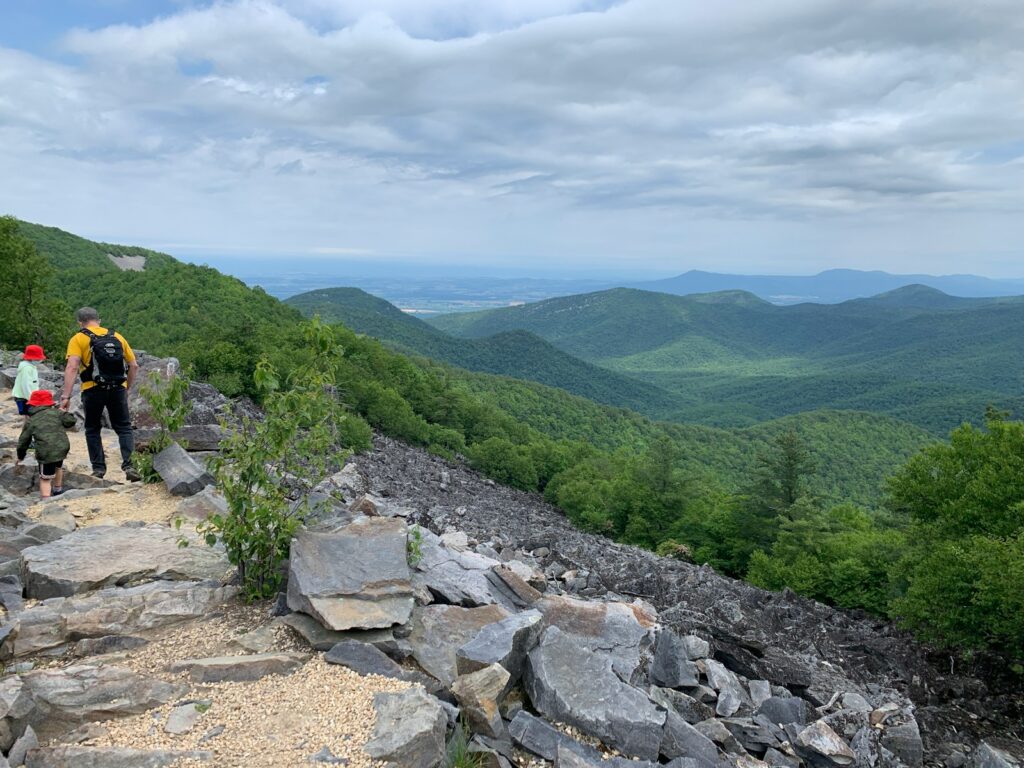
Just 75 miles from Washington D.C., Shenandoah National Park offers a wilderness escape with some of the most economical camping options on the East Coast. The park’s backcountry camping system requires only a free permit for overnight stays, giving budget travelers access to over 196,000 acres of Blue Ridge Mountain wilderness. These backcountry sites are scattered along the famous Appalachian Trail and throughout the park’s extensive network of hiking trails, offering solitude among ancient hardwood forests and panoramic mountain views. While frontcountry campgrounds like Mathews Arm and Big Meadows charge modest fees for sites with amenities, the free backcountry camping represents the park’s best value. Backcountry campers must follow specific regulations, including camping at least 20 yards from trails and water sources, properly storing food to prevent wildlife encounters, and practicing Leave No Trace principles. For those seeking affordable immersion in the Appalachian ecosystem, Shenandoah’s backcountry system provides an accessible gateway to some of the oldest mountains in North America.
Badlands National Park’s Free Backcountry Permits
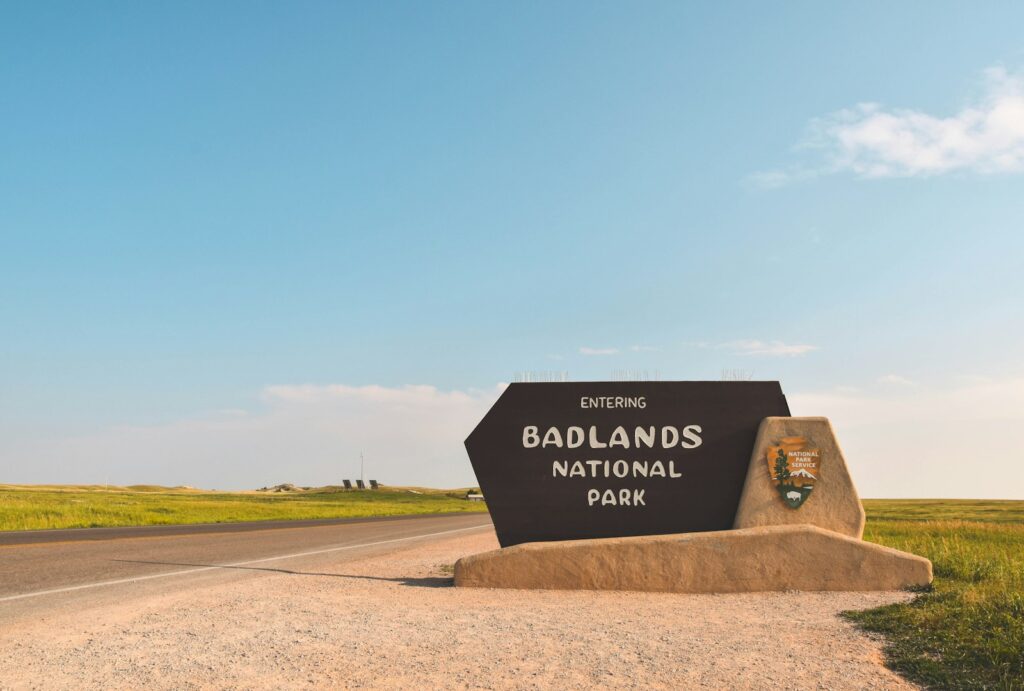
South Dakota’s Badlands National Park offers one of the most accessible free camping programs in the national park system, requiring only a simple registration for backcountry camping throughout its otherworldly landscape. This free permit system allows visitors to camp anywhere in the park’s designated wilderness area, at least half a mile from any road and out of sight from established trails. The Badlands’ unique terrain of eroded buttes, pinnacles, and spires creates natural amphitheaters and secluded camping spots that feel genuinely removed from civilization. Backcountry campers must be entirely self-sufficient, carrying all necessary water as natural sources are scarce and often contaminated with harmful minerals. The reward for this preparation is the opportunity to experience some of the darkest night skies in the country and potentially spot fossils in one of the world’s richest fossil beds, all without spending a penny on accommodation. This accessibility makes Badlands an ideal destination for budget-conscious travelers looking to experience a truly unique landscape.
Joshua Tree National Park’s Hidden Values

Joshua Tree National Park, where the Mojave and Colorado deserts converge, offers several surprisingly affordable camping options amidst its iconic yucca trees and fantastical boulder formations. The park maintains nine campgrounds with varying fee structures, with belle Valley, White Tank, and Indian Cove campgrounds offering sites for as little as $15-20 per night during peak season. These first-come, first-served campgrounds provide basic amenities including pit toilets and picnic tables, though water is not available at most locations. For the most economical option, backcountry camping is permitted in designated areas throughout the park with a free permit, allowing hikers to camp surrounded by the park’s striking desert landscape. The most popular free backcountry camping areas include the Boy Scout Trail, California Riding and Hiking Trail, and near Geology Tour Road, all requiring registration at backcountry boards located at trailheads. These free options provide unparalleled access to Joshua Tree’s famously dark night skies and surreal desert ecosystem, making them among the best values in Southern California.
Great Smoky Mountains’ Free Backcountry Camping

As America’s most visited national park, Great Smoky Mountains might seem like an unlikely place for free camping, yet its backcountry camping system offers exactly that. While the park recently implemented a nominal $4 per person, per night fee for its backcountry sites, this remains one of the best values in the national park system considering the park’s extensive trail network and over 100 designated backcountry campsites. These sites are scattered throughout the park’s half-million acres of Southern Appalachian wilderness, offering opportunities to camp near cascading waterfalls, atop mountain balds with panoramic views, or along rushing mountain streams. Backcountry permits can be reserved online up to 30 days in advance, a system that helps manage visitor impact while still maintaining affordability. Unlike many national parks, Great Smoky Mountains doesn’t charge an entrance fee, making a backcountry camping trip here one of the most economical national park experiences available. For those seeking solitude, the park’s lesser-used trail systems in the western and southeastern sections offer the best opportunities to escape the crowds that frequent the park’s more popular areas.
Redwood National and State Parks’ Free Options
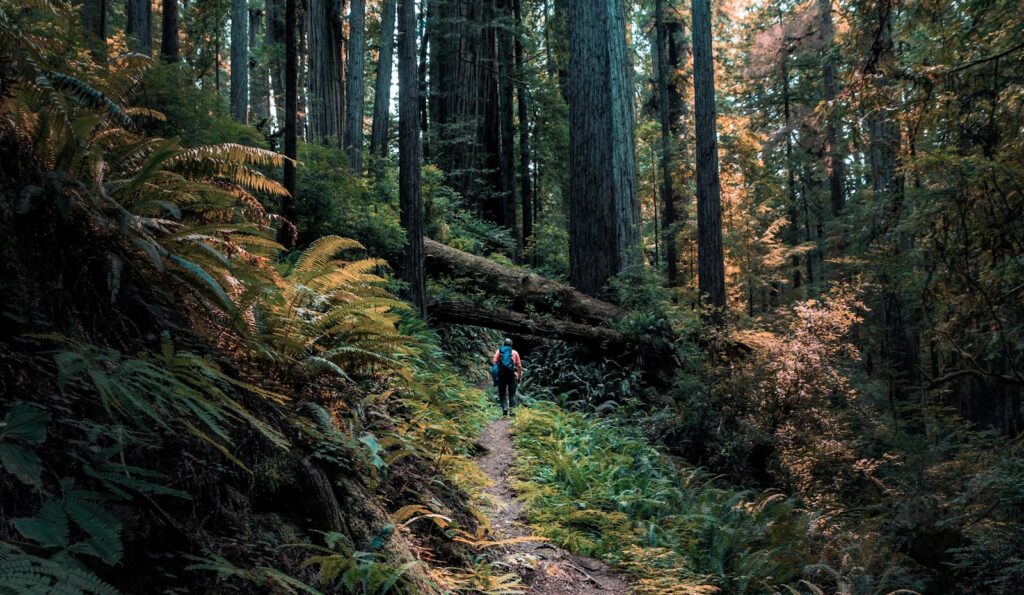
California’s Redwood National and State Parks complex offers several genuinely free camping options, a rarity in California’s often expensive outdoor recreation landscape. Dispersed camping is permitted in the Redwood Creek drainage area with a free permit, allowing hikers to sleep beneath some of the world’s tallest trees without spending a penny on accommodation. These permits, available at the Kuchel Visitor Center near Orick, give access to a designated area where backcountry campers can select their own sites along the gravel bars of Redwood Creek, surrounded by ancient forest. Additional low-cost options include the four developed campgrounds managed by the state park system within the complex, with rates typically between $25-35 per night for sites among old-growth redwood groves. During the off-season (October through April), these campgrounds often have abundant availability and sometimes reduced rates, making them accessible options for budget-conscious travelers. The free backcountry camping, however, represents the ultimate value for experiencing these ancient forests, though campers must be prepared for potentially wet conditions and properly store food against bear encounters.
Affordable Winter Camping in Big Bend National Park
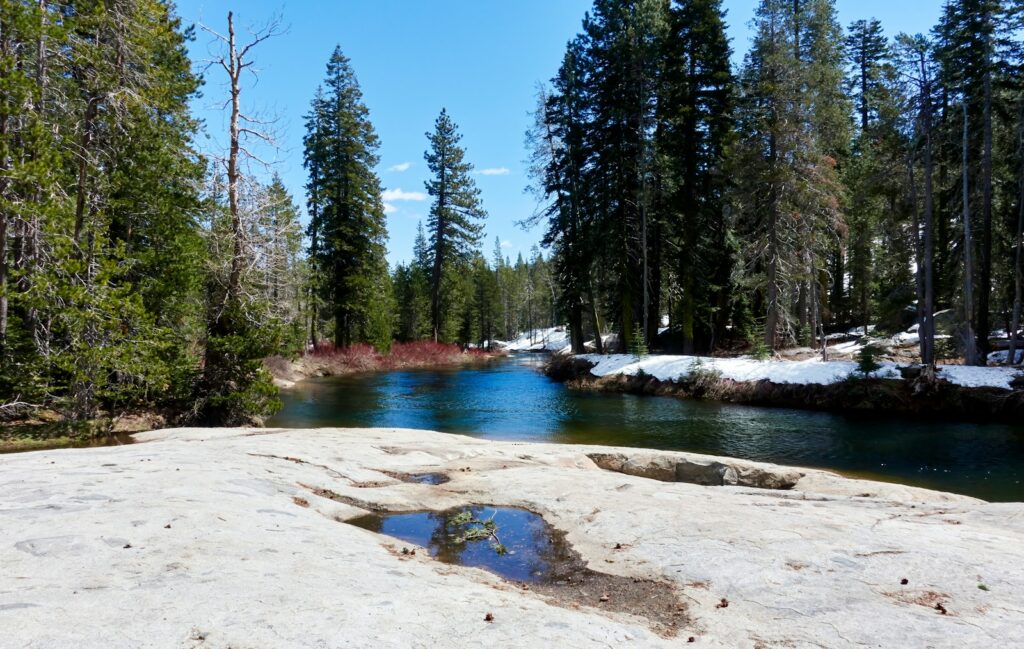
Texas’s Big Bend National Park transforms into a budget traveler’s paradise during winter months when mild temperatures make it one of the few comfortable camping destinations in the national park system. The park’s developed campgrounds at Rio Grande Village, Chisos Basin, and Cottonwood charge modest fees of $16 per night, offering amenities like flush toilets and running water amid stunning desert landscapes. For even greater savings, Big Bend maintains primitive roadside campsites along scenic backcountry roads for just $10 per night, offering solitude and unobstructed night sky views with minimal facilities. These primitive sites, located along routes like Glenn Springs Road and River Road, provide the perfect basecamp for exploring the park’s desert, mountain, and river environments. For the most economical option, backcountry permits cost just $10 regardless of the number of nights (up to 14), allowing hiking enthusiasts to camp throughout the park’s designated wilderness areas. The winter season from November through March offers pleasant daytime hiking temperatures and crisp, clear nights perfect for astronomy, making Big Bend’s affordable camping options even more attractive during this period.
Acadia National Park’s Seawall Campground Value
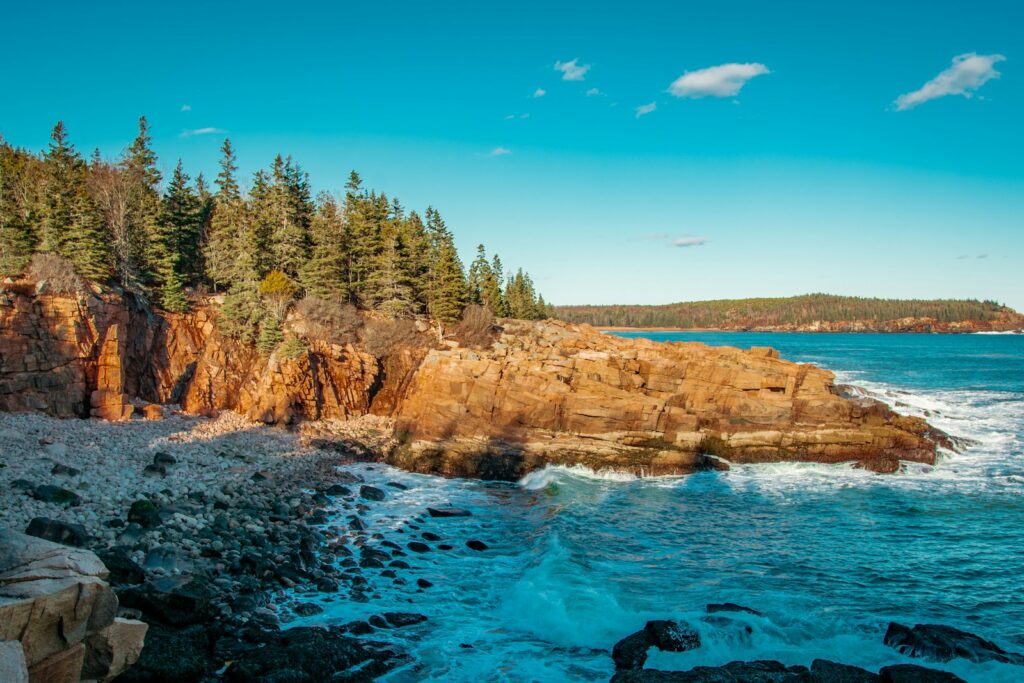
While camping in the Northeast can often be costly, Acadia National Park on Maine’s rugged coast offers a remarkable value at its Seawall Campground. Located on the quieter “backside” of Mount Desert Island, Seawall provides campsites for as little as $22 per night for walk-in tent sites, significantly less expensive than other accommodation options in this popular tourist region. These sites place campers just a short walk from dramatic coastal views where the Atlantic Ocean crashes against Maine’s iconic granite shoreline. The campground provides clean facilities including flush toilets and cold running water, and its location on the free Island Explorer shuttle route means campers can access the entire park without driving. For even greater savings, Acadia permits free primitive camping on Isle au Haut, a remote island section of the park accessible only by mailboat, where a small number of sites are available on a first-come, first-served basis. Whether at Seawall or Isle au Haut, budget-conscious campers gain access to Acadia’s extensive network of hiking trails, historic carriage roads, and rugged coastline for a fraction of what traditional accommodations would cost in this popular region.
Death Valley’s Free Dispersed Camping Areas

Despite its foreboding name, Death Valley National Park offers some of the most accessible free camping in the national park system, particularly during its pleasant winter season. The park permits free dispersed camping along numerous backcountry roads, allowing budget-conscious travelers to establish camp with billion-star accommodations in one of America’s darkest night sky regions. Popular free camping areas include the Emigrant Canyon Road, Hole in the Wall Road, and Greenwater Valley Road, where campers must stay within 50 feet of the road but can select sites with remarkable views of the park’s colorful badlands and distant mountain ranges. These free sites come with no amenities whatsoever, requiring complete self-sufficiency and strict adherence to Leave No Trace principles. For those seeking minimal facilities, the park also offers primitive campgrounds like Emigrant, which provides vault toilets and trash receptacles but no water, still completely free of charge. These free options make Death Valley surprisingly accessible for budget travelers, particularly from November through March when temperatures are ideal for exploring the lowest, hottest, and driest national park in the country.
Planning Tools and Reservation Strategies
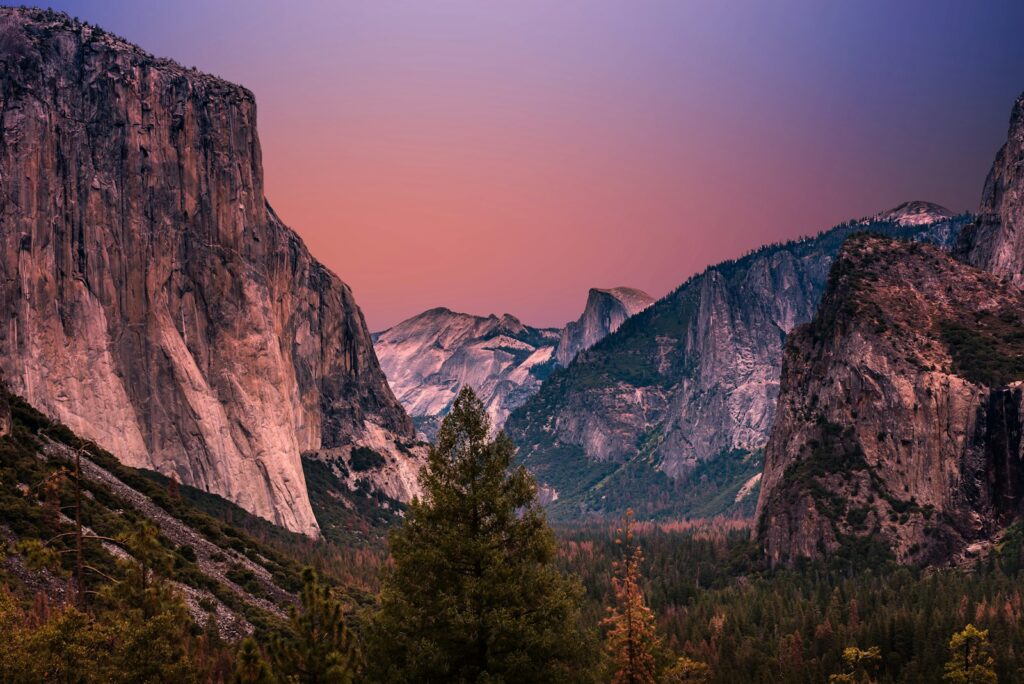
Securing affordable camping in national parks often requires strategic planning and the use of specialized tools to navigate complex reservation systems. The National Park Service’s official recreation.gov website serves as the primary reservation portal for most campgrounds, with sites typically becoming available six months in advance at 10:00 AM Eastern Time. For popular parks like Yosemite and Glacier, setting calendar reminders for exactly this release time is essential, as prime sites can disappear within minutes of becoming available. Apps like Campendium, The Dyrt, and iOverlander have become invaluable resources for finding free and low-cost camping options near national parks, often identifying dispersed camping on adjacent national forest or BLM lands. For last-minute planners, focusing on first-come, first-served campgrounds is the best strategy, with mid-week arrivals before 10:00 AM offering the highest chances of success. Additionally, many parks hold a percentage of sites for walk-up campers even in reservation-heavy campgrounds, providing opportunities for flexible travelers willing to arrive early and take their chances on availability.
Essential Budget Camping Etiquette and Regulations
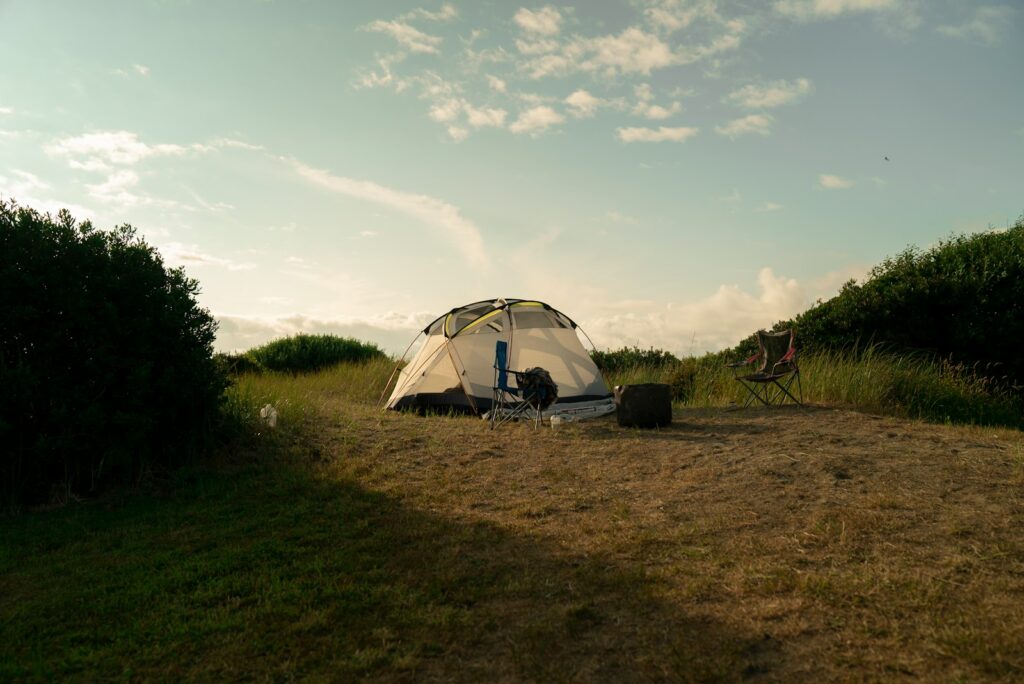
When utilizing free and low-cost camping in national parks, understanding and respecting specific regulations becomes especially important for preserving these economical opportunities for future visitors. All national parks enforce strict food storage requirements to prevent wildlife conflicts, with many requiring the use of bear-resistant containers for all scented items, even in developed campgrounds. Duration limits are strictly enforced for free camping areas, typically restricting stays to 14 consecutive days to prevent long-term occupation and resource damage. Fire regulations vary dramatically between parks and seasons, with many free camping areas prohibiting campfires entirely or requiring portable fire pans to prevent scarring; always check current fire restrictions before your trip as violations can result in substantial fines. The core principle of Leave No Trace becomes even more critical in free camping areas with minimal management presence; this means packing out all waste, staying on durable surfaces, and leaving sites completely free of human impact. By diligently following these regulations, budget-conscious campers help ensure that these affordable opportunities remain available and that park resources stay protected for generations to come.
Tips for Making the Most of Budget Park Camping
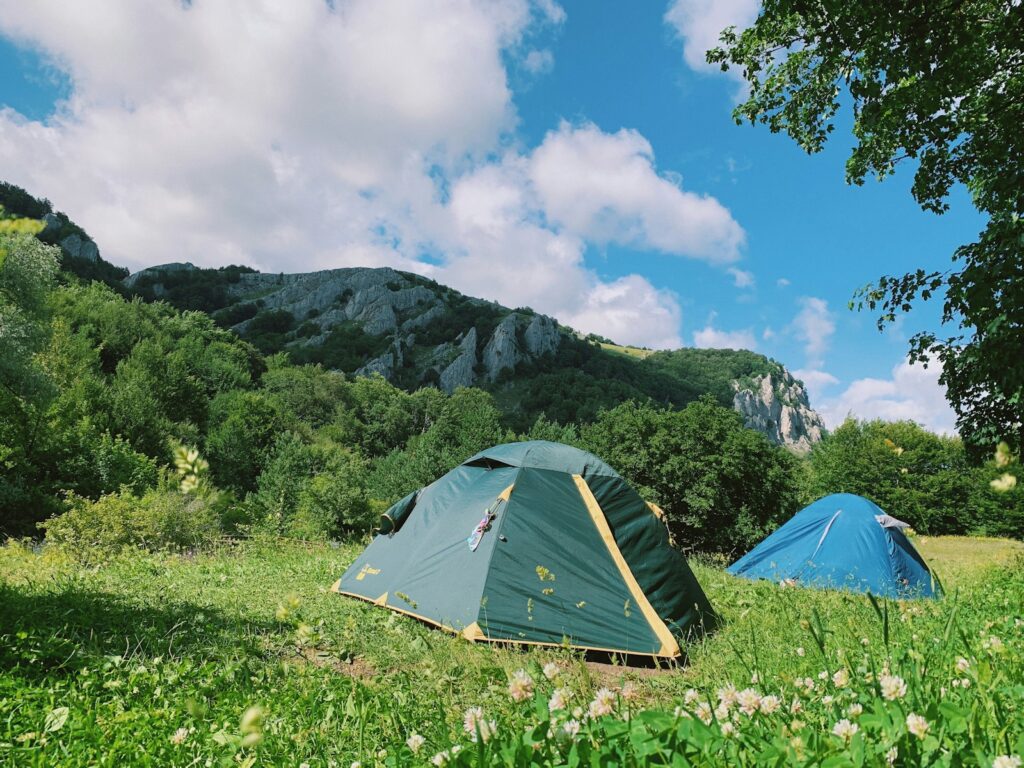
Maximizing the value of affordable national park camping involves more than just finding the cheapest sites; it requires strategies to enhance the experience while minimizing costs. Consider visiting during shoulder seasons—typically April-May and September-October—when campground fees are sometimes reduced, reservations are easier to secure, and weather conditions remain favorable in many parks. Investing in an America the Beautiful Annual Pass for $80 provides free entry to all national parks for a year, potentially saving hundreds in entrance fees for frequent visitors. When camping in free backcountry or dispersed areas, bringing a water filtration system eliminates the need to carry heavy water supplies and provides access to natural water sources, assuming proper treatment. Many affordable campgrounds are located near park visitor centers, which offer free programming including ranger talks, guided walks, and educational exhibits that add substantial value to the camping experience without additional cost. Finally, connecting with park rangers at visitor centers often yields insider information about lesser-known free camping areas or upcoming campsite

